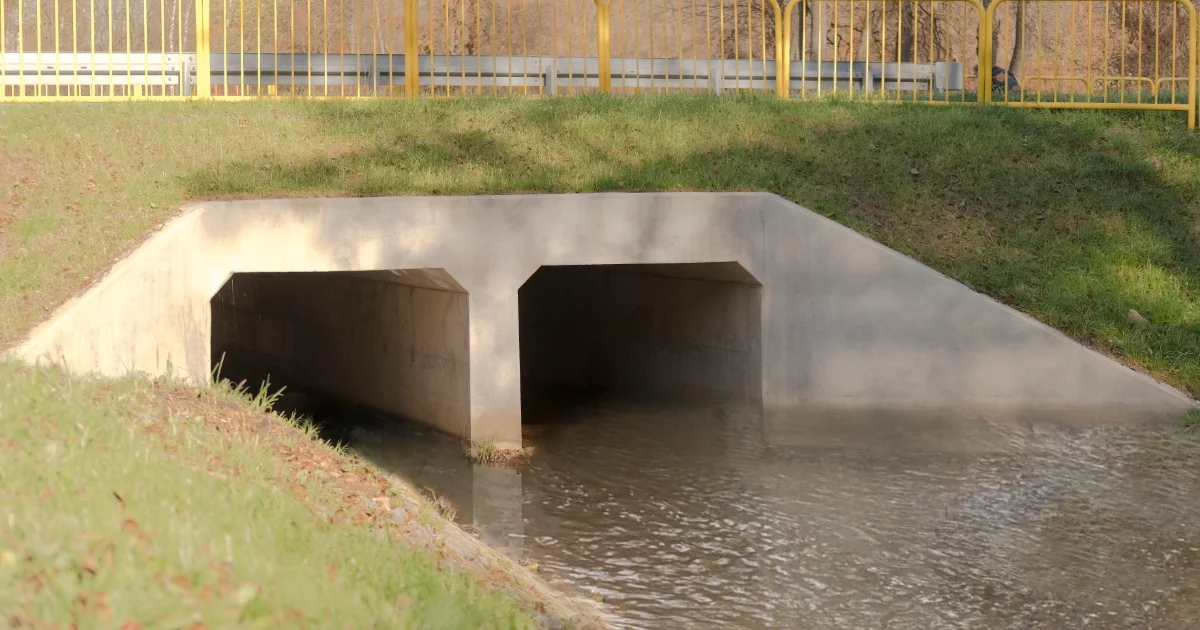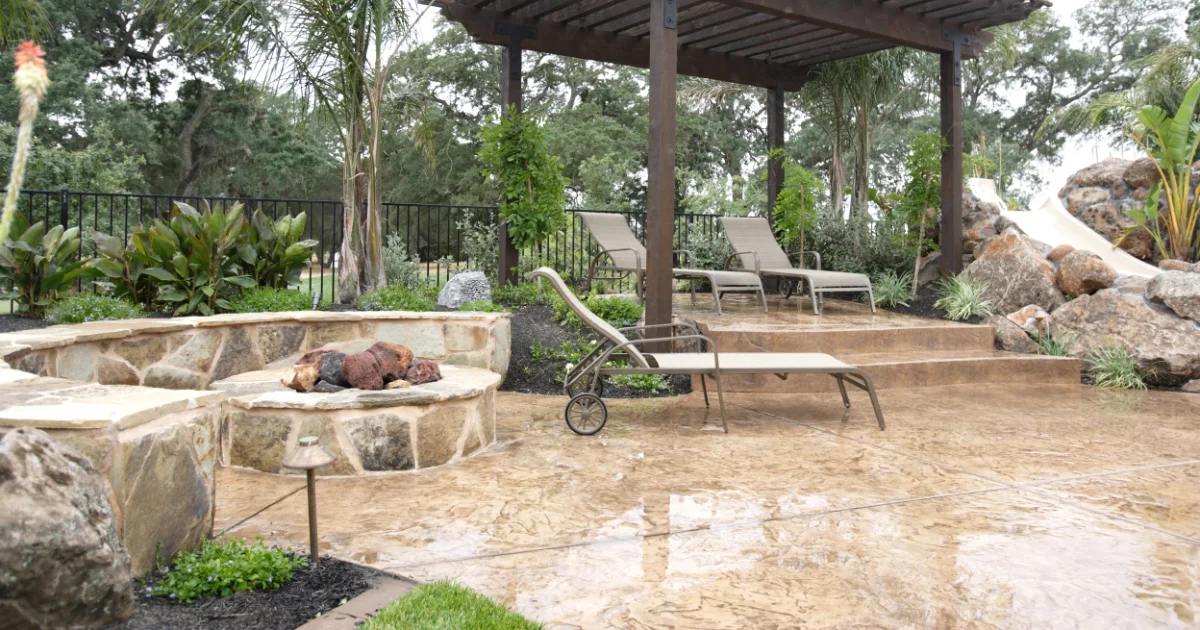
What Are the Advantages of Box Culverts?
Box culverts are much more than just square holes under the road. These versatile structures play a crucial role in managing water flow. Let's delve into the world of box culverts, exploring their uses, construction methods, and how they stack up against their round counterparts.

Box Culverts: A Rectangular Remedy
Imagine a concrete box, sturdy and dependable. That's essentially a box culvert. Unlike their round cousins, these culverts boast four flat walls, offering a spacious passage for water. Their boxy form also makes them ideal for:
- Supporting roads and railways: They can handle the weight of traffic while allowing water to flow freely underneath.
- Managing drainage systems: Box culverts efficiently channel stormwater runoff, preventing flooding and erosion.
- Creating underpasses for wildlife: They provide safe passage for animals, fostering habitat connectivity.
- Building utility tunnels: They can house essential utilities like pipes and cables, protecting them from the elements.
Two Types of Box Culverts
Box culverts are made in one of two ways: Either precast or poured-on-site. The precast culverts are poured in a factory, and transported to the building site via truck. The poured-on-site culverts are formed on site like most concrete structures, using wooden forms and steel reinforcement. When we install box culverts, we typically pour them on-site.
Crafting a Concrete Workhorse:
Successfully installing a poured-on-site box culvert involves careful planning and execution:
- Site Assessment and Planning: The first step is to assess the water flow requirements of the project, as well as how much load-bearing capacity is needed.
- Design and Engineering: Using the Texas Department of Transportation’s engineering guidelines, we create the proper specifications for the size of the culvert and the thickness of the concrete, along with the proper reinforcement specifications.
- Site Excavation: We dig a trench of the appropriate size and depth, ensuring proper alignment and stability. Depending on whether the water flow is active, some dirt work may be required to temporarily divert the water flow while the concrete is being poured.
- Foundation Preparation: Depending on the design, the next step is to pour the footer. This acts as the foundation of the box culvert.
- Forming the Culverts: After the footer has been poured, we set up our forms and place the rebar reinforcement inside the forms at the specified intervals.
- Pouring the Concrete: We pour the concrete into the forms. Depending on the requirements of the project we will use either standard concrete or extra-strength concrete.
- Backfilling and Finishing Touches: After we’ve removed the forms, the surrounding area is filled with compacted soil to secure the structure. The top might be paved or landscaped to blend seamlessly with the surroundings.
Box Culverts vs. Round Culverts
While both box and round culverts serve similar purposes, some key distinctions set them apart:
- Shape: As the name suggests, box culverts are rectangular, while round culverts are, well, round.
- Hydraulic Capacity: For the same width, box culverts generally offer a larger flow capacity due to their rectangular shape, making them better suited for handling larger volumes of water.
- Strength and Stability: Box culverts are often considered more stable due to their wider base and flat walls, making them suitable for supporting heavier loads.
- Construction: When using poured-in-place culverts, box culverts can be faster and easier to build compared to round culverts.
- Cost: While initial material costs might be slightly higher for box culverts, their ease of installation can offset the cost difference.
The Final Verdict: A Choice for Every Project
Ultimately, the choice between box culverts and round culverts depends on the specific project requirements. Box culverts shine in situations requiring larger flow capacity, superior strength, or ease of installation. However, round culverts might be a better option for smaller projects, tight spaces, or aesthetic considerations.
The next time you encounter a bridge or see a stream flowing beneath a road, remember the silent workhorse beneath the surface - the versatile and dependable box culvert ensuring the smooth flow of water and the support of our infrastructure.
Ready to upgrade your property with top-quality concrete work?
From foundations and driveways to hardscapes and more, we've got you covered. Give us a call at 817-221-8312 to learn more.

